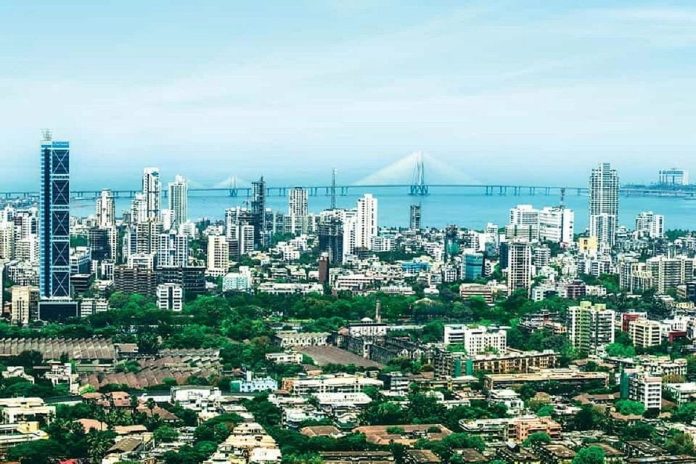By adhering to these guidelines, construction projects can help mitigate their adverse effects on the environment and contribute to a cleaner, healthier urban ecosystem.
The development plan department of the Brihanmumbai Municipal Corporation (BMC) recently issued a circular outlining crucial measures aimed at curbing environmental pollution stemming from construction activities.
According to the circular released by the chief engineer of the development plan department within BMC, Mumbai is currently witnessing a surge in various construction and infrastructure projects.
Unfortunately, these projects have been found to have a detrimental impact on the environment, primarily in the form of dust, noise, vibrations, and more.
To combat and mitigate these adverse effects, the BMC has introduced the Mumbai Air Pollution Litigation Plan. These guidelines are now mandatory for all ongoing and prospective building construction projects.
Some of the key instructions included in this circular encompass:
Erecting continuous dust- or wind-breaking tin or metal sheets, exceeding a height of 20 feet, around the entire construction project site. This serves as a barrier to contain dust and other pollutants within the construction area.
Employing tarpaulin, green cloth, or jute sheets to cover scaffolding and other structures throughout the demolition phase. This measure helps contain debris and prevents it from spreading and causing pollution.
Regular cleaning and maintenance of tarpaulin or jute sheets used in construction. This upkeep ensures that these materials remain effective in containing pollutants.
Implementing on-site crushing and hammering of demolition materials. This practice aids in reducing the size and impact of debris, further minimising environmental pollution.
These measures, as outlined in the circular, signify a significant step towards environmentally responsible construction practices in Mumbai, reports the Economic Times.
By adhering to these guidelines, construction projects can help mitigate their adverse effects on the environment and contribute to a cleaner, healthier urban ecosystem.


